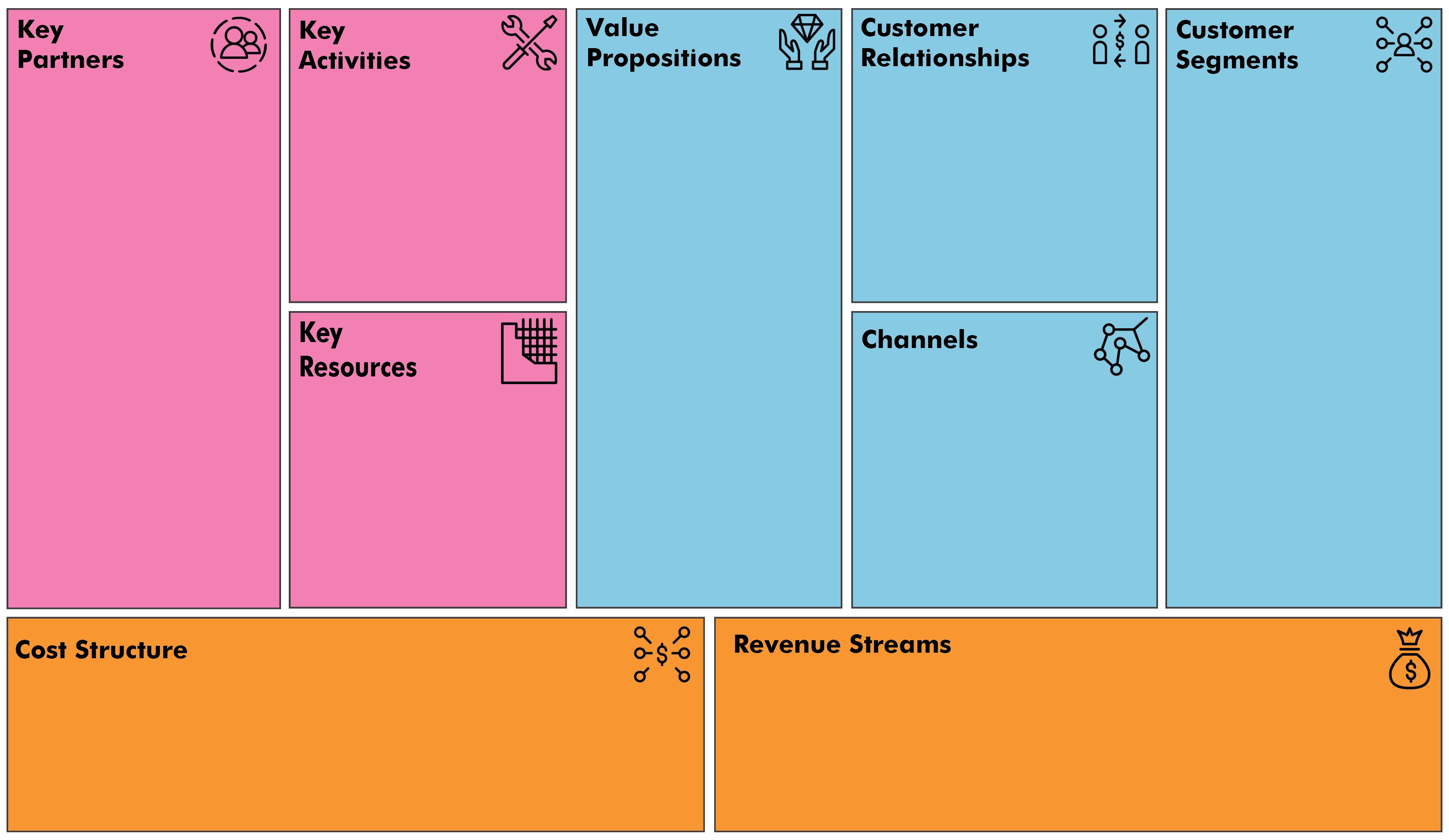Execution always oversees idea and it is the truth. A lot of products reach execution and fail to deliver on the business model. You might have an idea which is the next Atlassian or the next Slack but to make it a profitable product it will require a lot of work, a lot of planning and strategizing. There's a lot of work ahead to get an idea out of the bubble and onto the shelf, so you need to ascertain if others have a positive response to it as well.
Get a second opinion on the product and what do other professionals in the industry think about it, someone’s opinion who you value - say an experienced product manager or a designer or a business analyst as to what he thinks about the business feasibility. This is crucial for both your protection and you should have one in place with anyone you plan to discuss the idea with including friends and family.
What do great product teams do differently?
Mckinsey in a survey found after surveying 300 employees across 28 companies across North America and Europe—that the businesses which had the best product development track record have a few things in common and they have three things which they practise religiously and they do not compromise on than their other peers in the same business:
They ultimately create a clear picture of the goals and imbibe a robust project culture in their workplace by maintaining close connect with customers throughout any project’s duration.
Holistically think the product idea
It is sort of given that every single idea or any business concept starts out just like an under researched hypothesis, there is a dire need for due research in regards with feasibility and sustainability and research. The first section of my model provides a structured template that obliterates such ambiguity.
Sort out your business model

A brief on how to handle components in the business model canvas
Customer Segments
This segment explains who are the business’s customers and what do they do? What is their buyer persona and what do they do for a living? Customer segmentation is necessary since it will define a lot of strategies for your business.
Value Propositions
What is the business’s value proposition and what do they get out of buying or using your product? Is there a strong value proposition in place or not? How is it different from the same customers out there?
Channels
What are the channels of communication with your customers? How are you going to sell or reach them? What is the outlet of communication for your business as a whole?
Customer Relationships
What type of customer relations will your business require? Long term clients or one-time or recurring purchases? This will define your customer relationships for the business model.
Revenue Streams
How does the business make money? What streams will the business earn money from to run its operations? Are there more than one or two ways for the business to earn money? Can their be more revenue streams in the future?
Key Activities
What uniquely strategic things does the business do to deliver its proposition? Some key activities may include things like recurring events, social promotions, customer support and etc etc.
Key Resources
What are the businesses unique resources? Is it a partner media agency or a pool of developers? You need to define your resources and how are they important to your business.
Key Partnerships
Which partnerships are going to be key for your business and how do they contribute to your business model? What are you doing to make sure these partners get on board and support your business?
Cost Structure
What is your pricing like? Is it a recurring model or is it a fixed one time purchase model? How do you want to charge your customers and will they cope up with this pricing given the qualities and problem addressing nature of the product?
Plan out the Minimum Viable Product and the tech stack
Wyatt Jenkins, Ex-SVP at Hired says - “A common journey for many startups is moving from a single customer product to multiple products where shared components exist. Another journey is one where the core product becomes so successful that a level of abstraction between the underlying technology and the customer facing product is required to scale, but there’s very little written about the shift in the product management organization that drives this”
This brings into light how teams and investors focus less on the product stack needed including the backend and the frontend, they focus more on establishing a good and sustainable business which drives the team and helps its customers in the process.
However, technology teams often think too much about how to go about the product and what makes it run efficiently.
Final Word
It takes a lot to start out and execute. If you follow certain steps and business driven philosophies, you might just get it right. It is very easy to get started on the idea but hard to execute things like they should be. For helping your reach your MVP goals, you should reach out to us and have a word, we can figure out the res for you.
Subscribe
Related Blogs
Trek n Tech Annual Retreat 2025: A 7-Day Workcation of OSL

OSL family came together for the Trek n Tech Annual Retreat 2025, a 7-day workcation set amidst the serene beauty of…
Exploring Drupal's Single Directory Components: A Game-Changer for Developers

Web development thrives on efficiency and organisation, and Drupal, our favourite CMS, is here to amp that up with its…
7 Quick Steps to Create API Documentation Using Postman

If you work with API , you are likely already familiar with Postman, the beloved REST Client trusted by countless…




